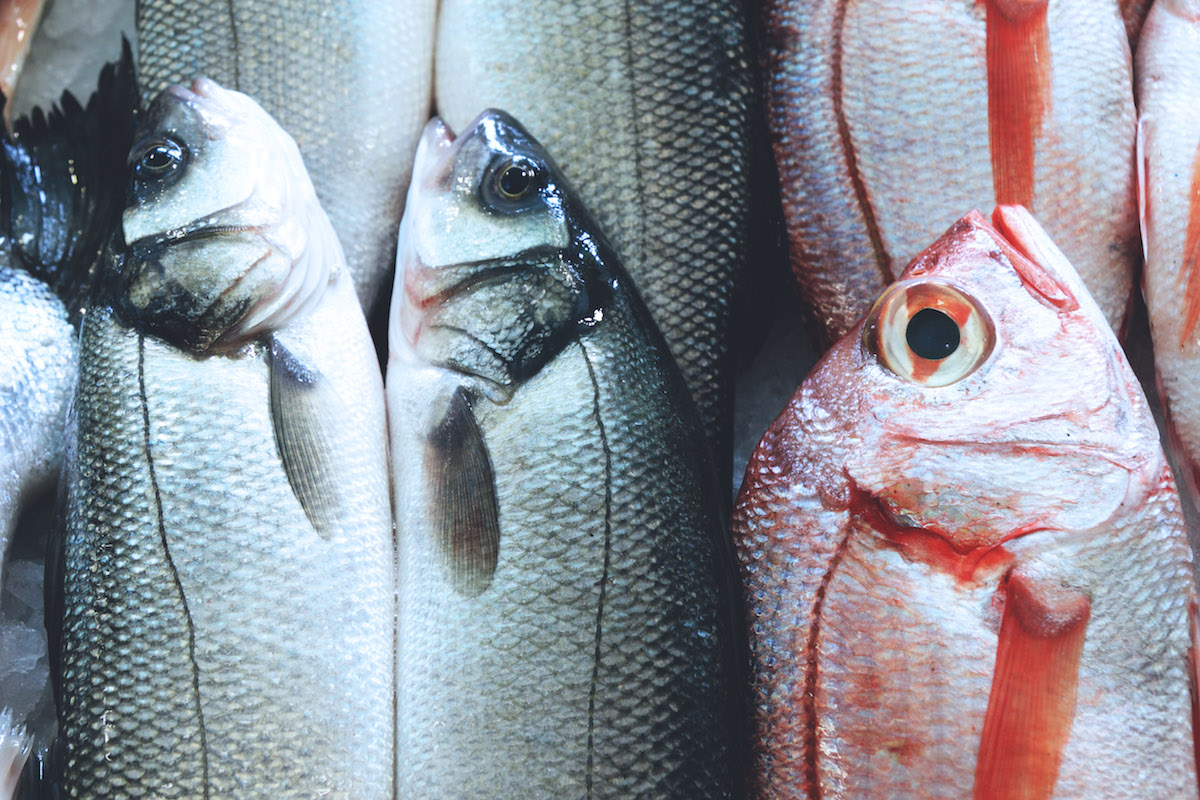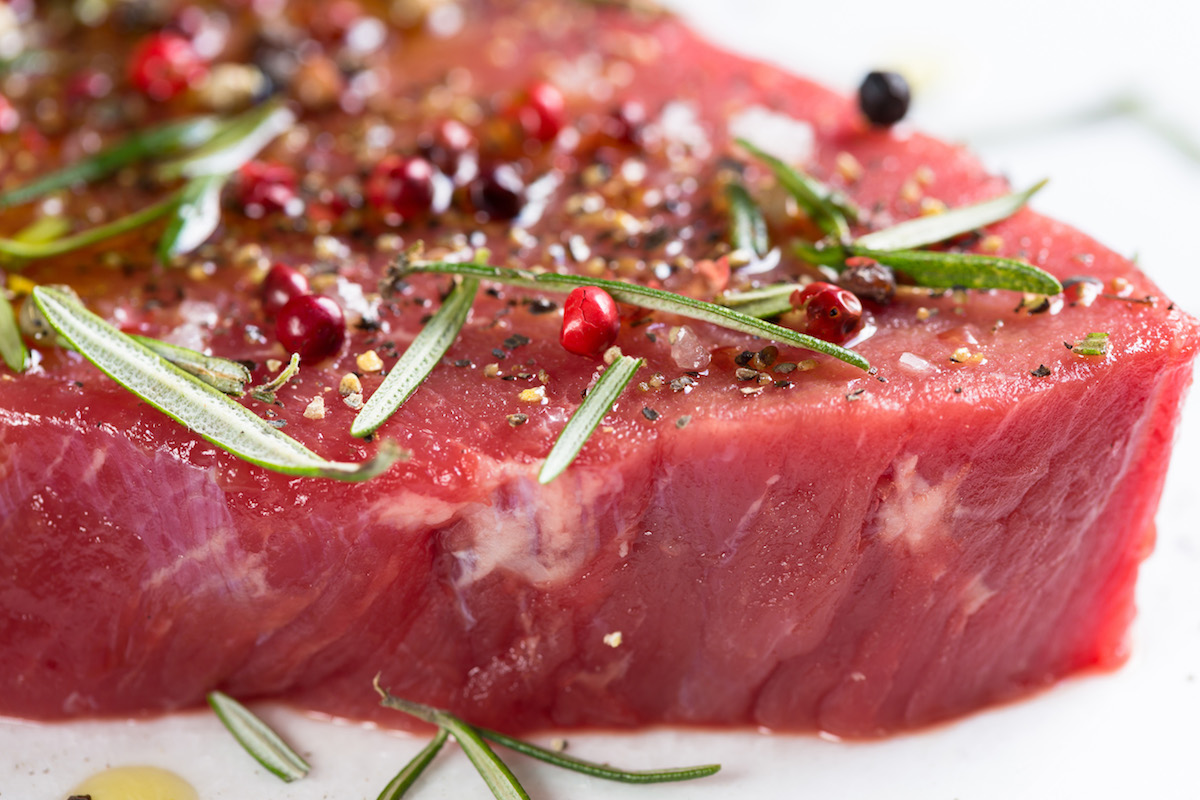Shortfalls of the Diet

Despite the seemingly healthy food selection, the Paleo diet can cause a Vitamin D and calcium deficiency resulting in side effects such as; diarrhea, weakness and headaches because the diet is free of dairy products and also because foods rich in calcium and Vitamin D are present in tiny amounts in the diet. This can compromise a person’s bone health and density which can cause other serious health problems in the future. The diet also increases risks of toxins accumulating as a result of eating a lot of fish.
There are also findings alluding to the fact that the weight loss benefits generated by this diet aren’t long-lasting. One such research study found that the weight loss results enjoyed after taking the diet for six months disappeared in 24 months resulting in side effects like diarrhea, weakness, and headaches among other effects similar to those experienced among individuals with nutritional deficiencies. This has lead experts to believe that the weight loss experienced with the diet is caused by calorie restriction and not necessarily linked to health benefits of the diet.
Foods to Eat in the Paleo Diet

The paleo diet includes; grass-fed meat, seafood, fish, fresh fruits, vegetables, eggs, nuts and seeds (including coconut and healthy oils like walnut, olive oil, avocado, flax seed, grape seed, and macadamia).

Lean meats include; lean beef, lean pork, turkey, chicken, and buffalo. Non-starchy vegetables that should be consumed in the paleo diet include; asparagus, lettuce, broccoli, green beans, Brussel sprouts, cabbage, spinach, and cauliflower.
Nuts include; walnuts, almonds, pecans, cashews, and pistachios. Seed include; pumpkin and sunflower.
In a nutshell, you are only supposed to eat foods which our ancestors consumed 12,000+years ago.
More from Things Health
-
Vitamin Deficiencies And Hair Loss
Now this is a typical question that's typically asked by people who're searching for a few simple and cheap ways to eventually put a finish…
-
Mindfulness And Meditation
Meditation was found to have a favorable influence on the body, brain, and spirit. Successful direction of persistent pain, reduction in blood pressure level, and…
-
Liver Disease And Chronic Fatigue
50 percent of the sufferers with an underlying liver condition show no symptoms of the disease. The symptoms are actually very regular, as for instance…
-
The Common Cold
Common cold, also known simply as a cold, is a viral infectious disease of the upper respiratory tract that primarily affects the nose. The throat,…
-
A List of The Best Vitamins and Supplements for People with Diabetes
Did you know that supplementing can help manage symptoms of diabetes? We all know that a well-balanced low GI diet, regular movement and Insulin and…

















